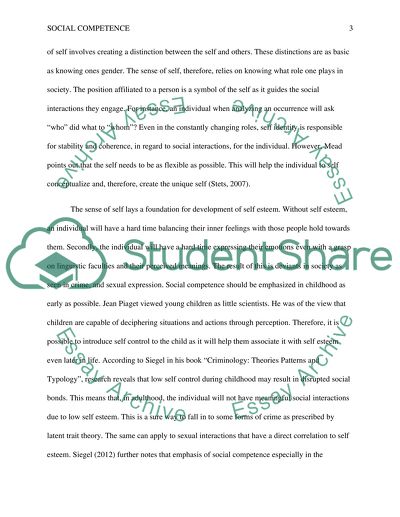Cite this document
(“Social Psychology Essay Example | Topics and Well Written Essays - 1500 words - 1”, n.d.)
Social Psychology Essay Example | Topics and Well Written Essays - 1500 words - 1. Retrieved from https://studentshare.org/other/1400026-social-psychology
Social Psychology Essay Example | Topics and Well Written Essays - 1500 words - 1. Retrieved from https://studentshare.org/other/1400026-social-psychology
(Social Psychology Essay Example | Topics and Well Written Essays - 1500 Words - 1)
Social Psychology Essay Example | Topics and Well Written Essays - 1500 Words - 1. https://studentshare.org/other/1400026-social-psychology.
Social Psychology Essay Example | Topics and Well Written Essays - 1500 Words - 1. https://studentshare.org/other/1400026-social-psychology.
“Social Psychology Essay Example | Topics and Well Written Essays - 1500 Words - 1”, n.d. https://studentshare.org/other/1400026-social-psychology.


